Long Knee Immobilizer
₦10,000.00 Original price was: ₦10,000.00.₦9,000.00Current price is: ₦9,000.00.
A knee immobilizer (Fig. 50.20) is commonly used for mild to moderate ligamentous and soft tissue injuries involving the knee. It is removable and extremely easy to apply, which makes it popular among patients and clinicians alike. In most EDs it has replaced the bulkier plaster splint.
A Long Knee Immobilizer is commonly used for mild to moderate ligamentous and soft tissue injuries involving the knee. It is removable and extremely easy to apply, which makes it popular among patients and clinicians alike.
In most EDs it has replaced the bulkier plaster splint. Its use should be restricted to injuries that do not require immediate surgical intervention, traction, or casting.
For these injuries, in which temporary but more complete immobilization is needed, use a plaster knee splint because it provides better stabilization and costs much less than a knee immobilizer.
The exact scientific benefit of a knee immobilizer is poorly studied and difficult to document. However, it clearly helps relieve pain and, at least theoretically, hastens healing.
Application.
Knee immobilizers are available in small, medium, large, and extra-large sizes.
To choose the appropriate size, place the knee immobilizer next to the injured leg so that the tapered end lies distal to the patient’s knee; if present, the cutout patellar area on the anterior aspect of the splint lies adjacent to the knee joint.
In this position, the splint should extend distally to within a few inches of the malleoli and proximally to just below the buttocks crease. To apply the knee immobilizer, slide the open splint under the injured leg, wrap it around the extremity, and secure it in place with the Velcro straps.
A knee immobilizer can be applied directly over clothing, thus obviating the need to remove or cut the patient’s pants.
Be the first to review “Long Knee Immobilizer” Cancel reply
Related products
General Equipment
General Equipment
General Equipment
General Equipment
General Equipment
General Equipment
Healthcare devices
General Equipment

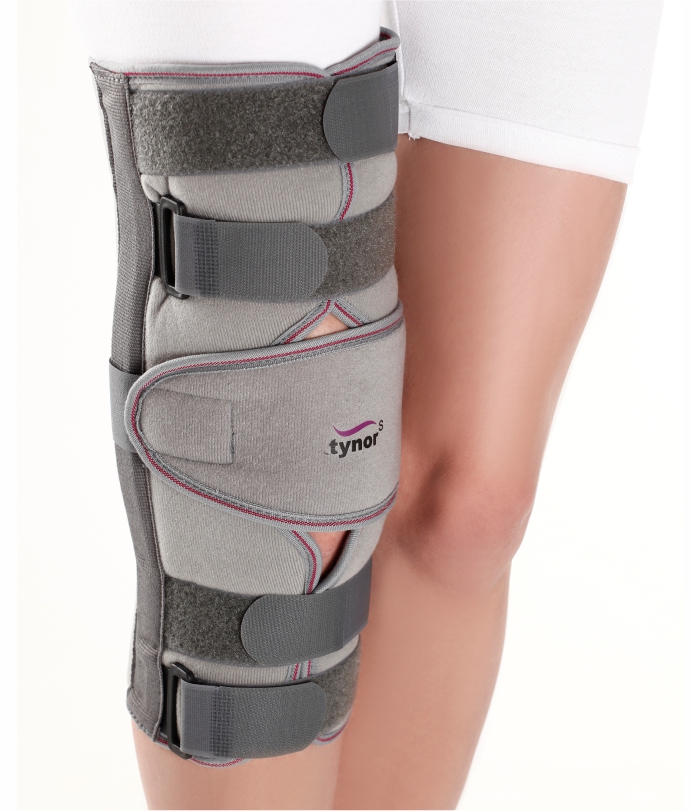
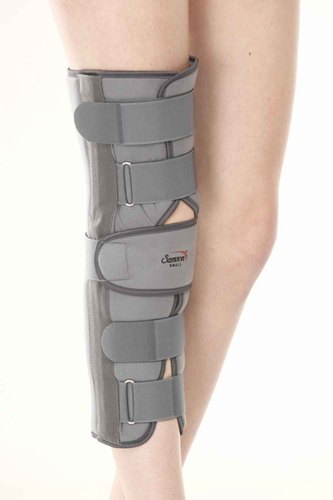


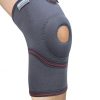
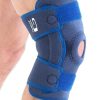
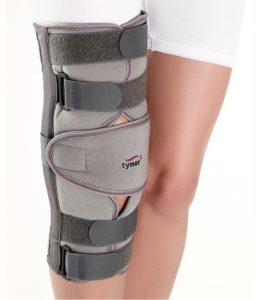
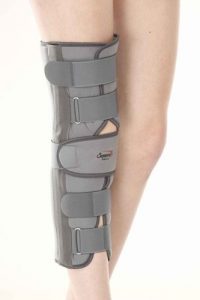











Reviews
There are no reviews yet.